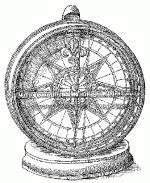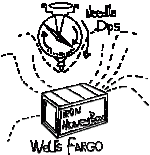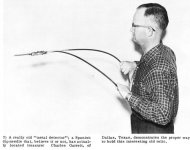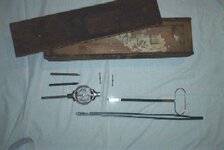aarthrj3811
Gold Member
Dowsing does not work the same for every one, but behind it there must be something in common. No one changes methods easily but I personaly try new things a lot. Most of the times I try variations and new combinations of things untill I come out with a possitive resuld.
Reading how other people locate treasures, is very interesting and valuable for me because there is always something new to take into account.
I do enjoy reading new methods.
Digman.
I agree with you about not making changes. From time to time I do learn new methods to add to my Dowsing. Experimenting is fun and keeps the brain working. I only locate objects that make me happy. If Dowsing made me unhappy I would find something else to do....Art







